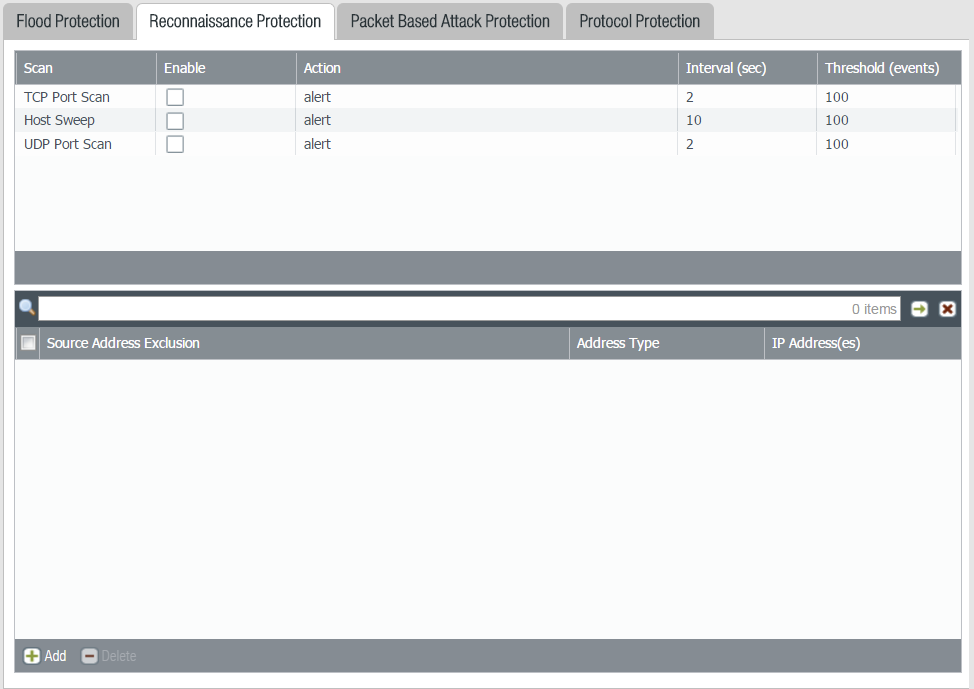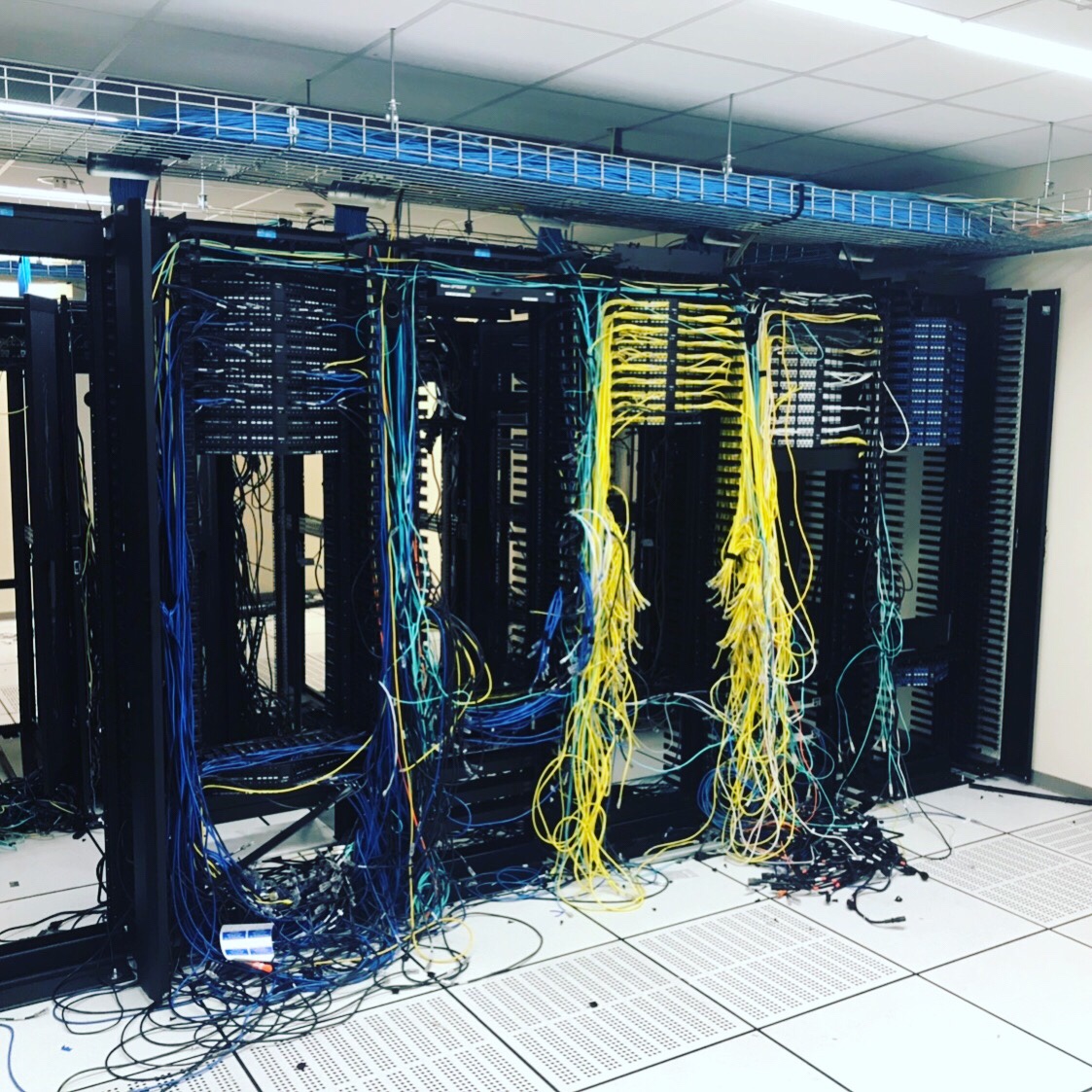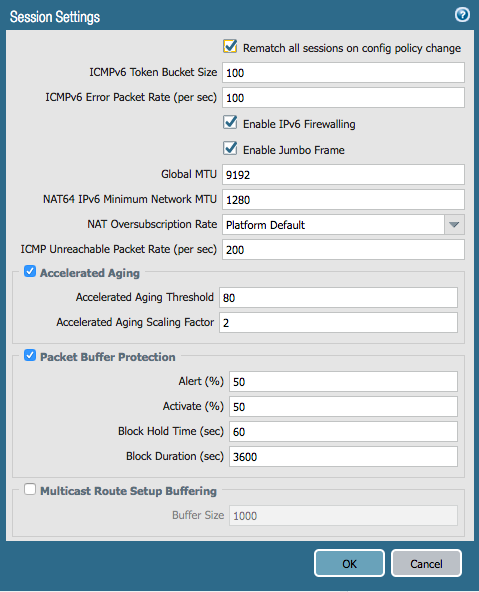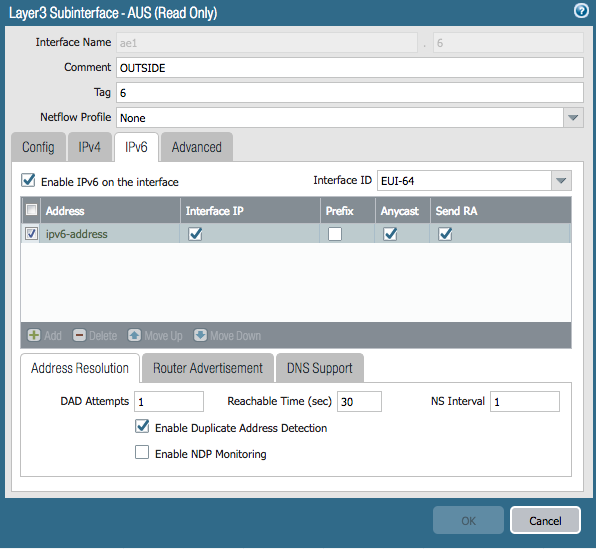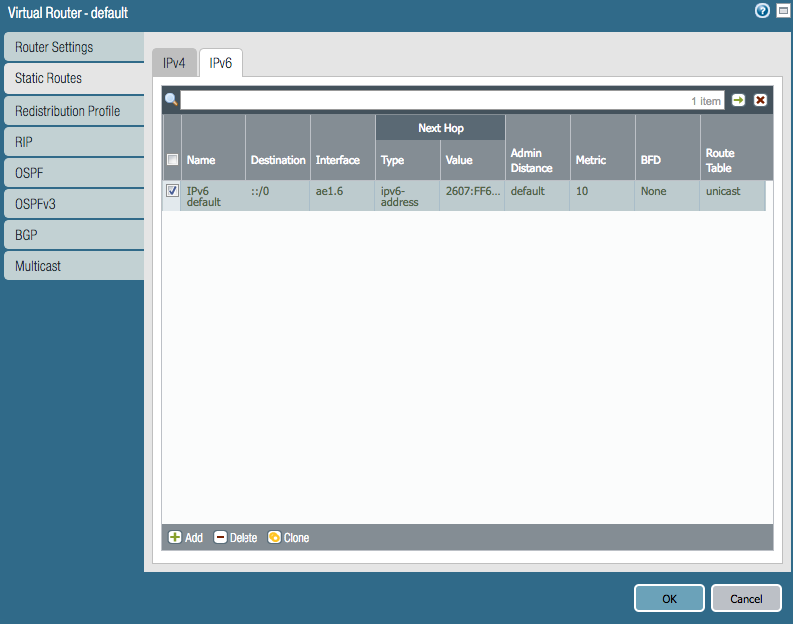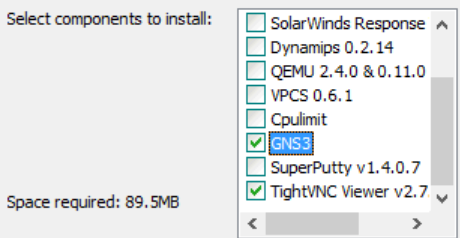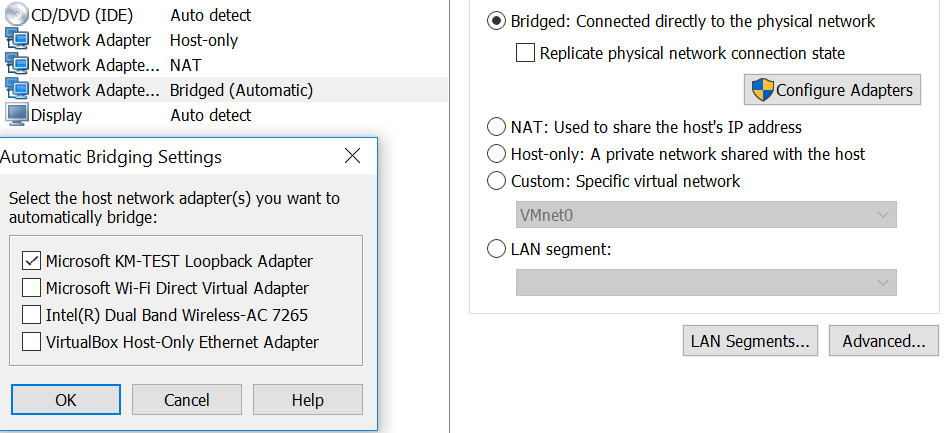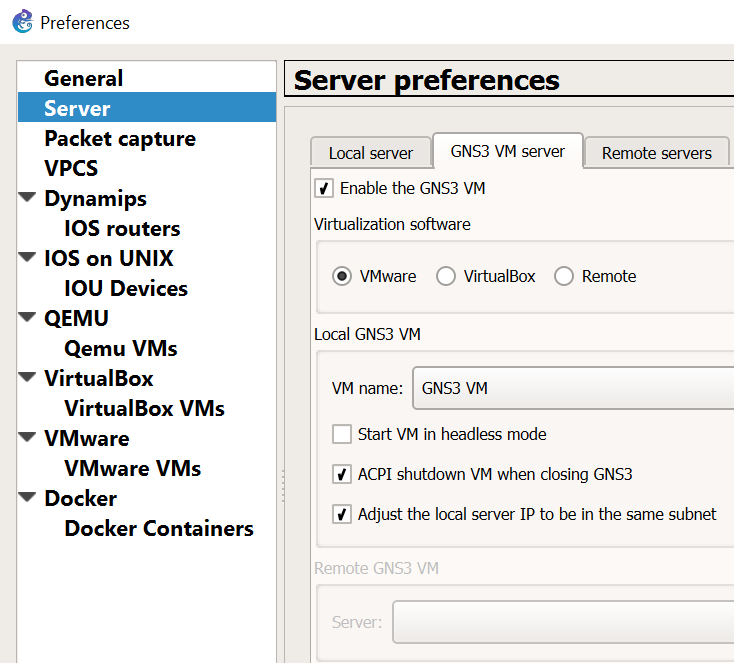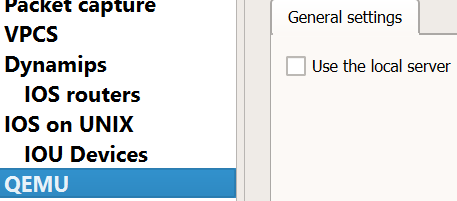I want to point out that Ruckus/Brocade has 2 commands that contradict each other when configuring Spanning Tree:
Brocade(config-vlan-1)#spanning-tree ?
802-1w Enable Rapid Spanning Tree IEEE 802.1w
rstp Enable Rapid Spanning Tree
Since RSTP is the same as 802.1w further clarification is needed.
Brocade(config-vlan-1)#spanning-tree rstp is a Brocade early implementation of the IEEE 802.1W which provided only a subset of the standard, whereas the
Brocade(config-vlan-1)#spanning-tree 802-1w feature provides the full standard, so basically you should use 802.1w.
How to configure Spanning Tree on Brocade
Ran mainly on a per VLAN basis.
Brocade# conf t
Brocade (config)#vlan 1
Brocade (config-vlan-1)# spanning-tree 802-1w – enabled spanning tree basic mode
Brocade (config-vlan-1)# show 802-1w – shows spanning tree information
Brocade (config-vlan-1)# spanning-tree 802-1w priority 0 – to designate that switch Root bridge
If you know there is a point to point link between 2 rapid spanning tree devices you have to turn that on at the interface level
Point-to-Point/Uplinks
Brocade (config-vlan-1)#int e 1/1/1
Brocade (config-if-e10000-1/1/1)# spanning-tree 802-1w admin-p2pt-mac – don’t allow for a broadcast domain, assume there is a link between 2 rapid spanning tree root bridges/uplinks ( without this it will fail over in 2 seconds or less, but fail back takes the traditional 30 of listening and learning, but this allows it to fail forward and back in 2 seconds or less
Access/Edge-Ports
Brocade (config-if-e10000-1/1/1)# int e 1/1/3 to 1/1/24
Brocade (config-if-e10000-1/1/3-1/1/24)# spanning-tree 802-1w admin-edge-port (not really required, just means topology changes on the edge is not going to cause re-convergence on the core links or vice versa
Brocade (config-if-e10000-1/1/3-1/1/24)# show run – will see spanning tree on the VLAN and the int ports
***DO NOT USE VLAN1 IN PRODUCTION, THIS IS PURELY FOR DEMONSTRATION PURPOSES***
